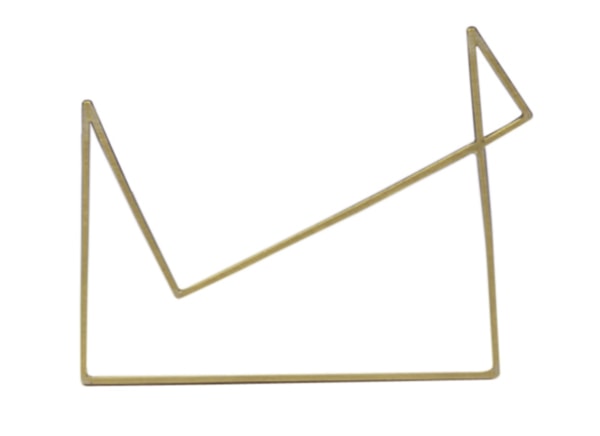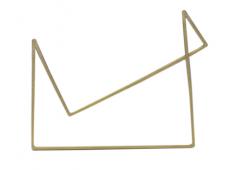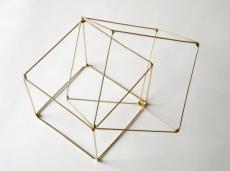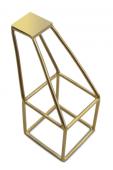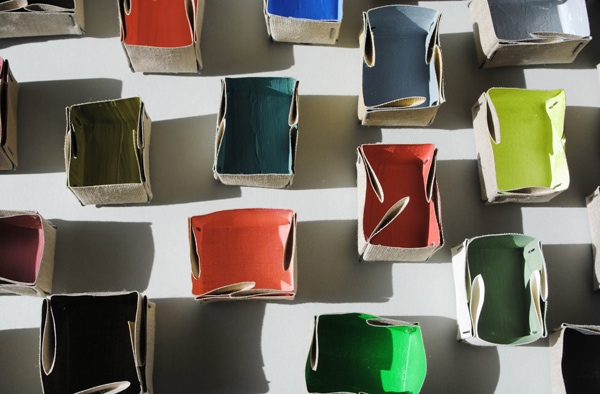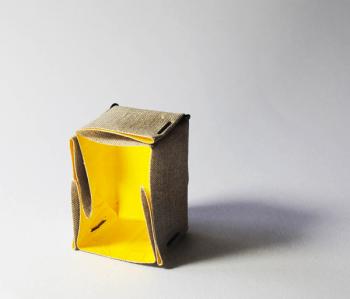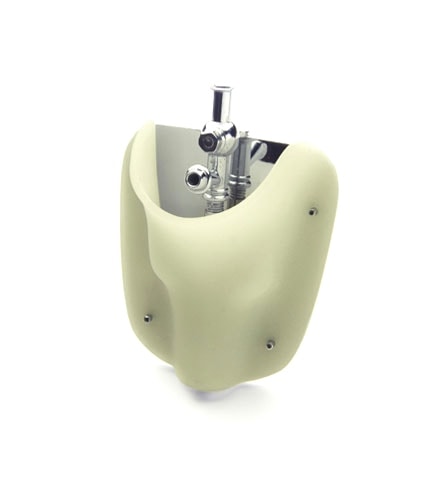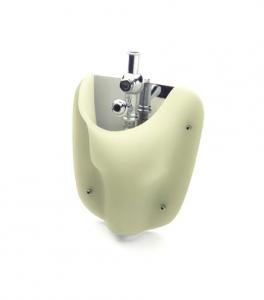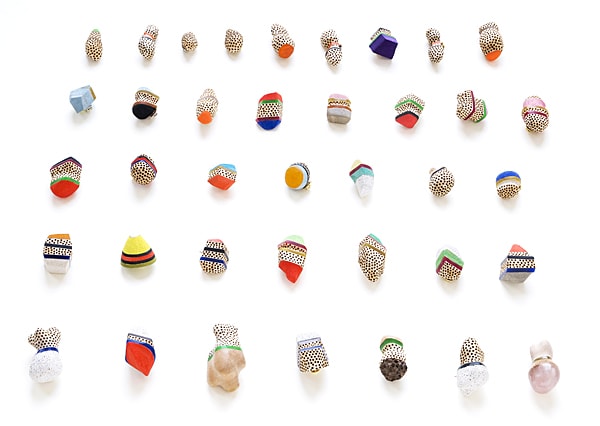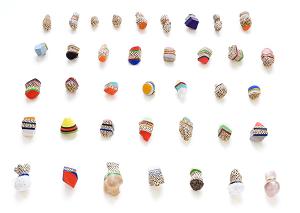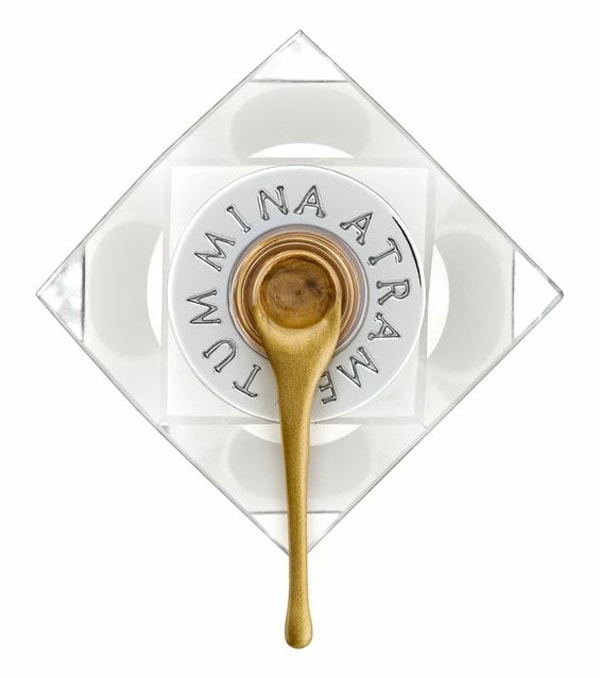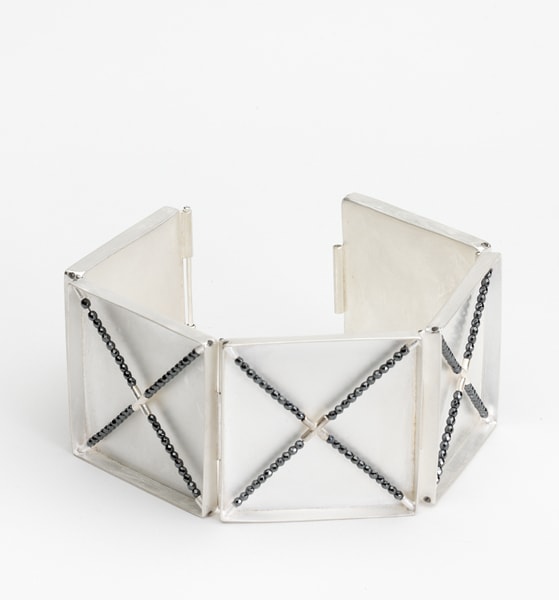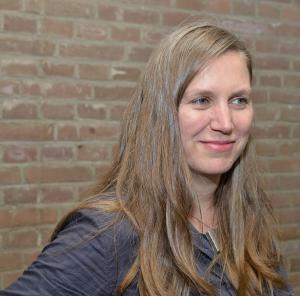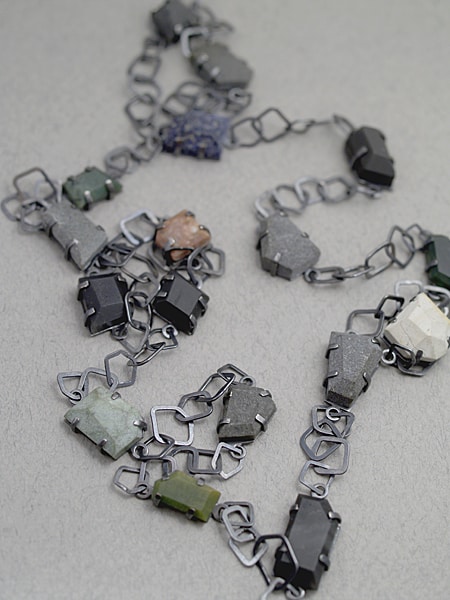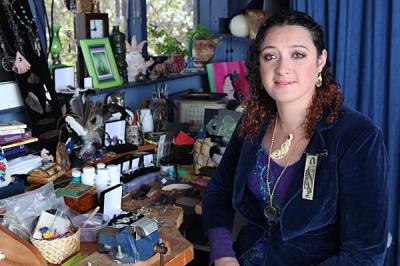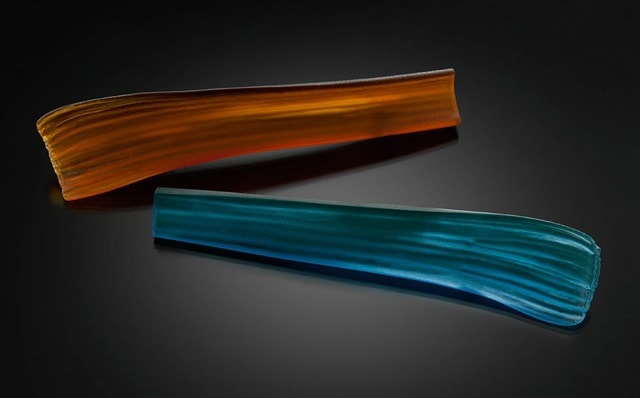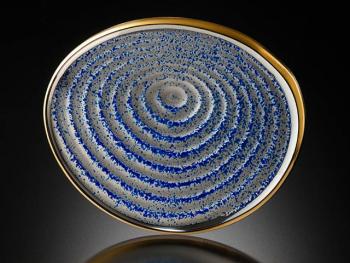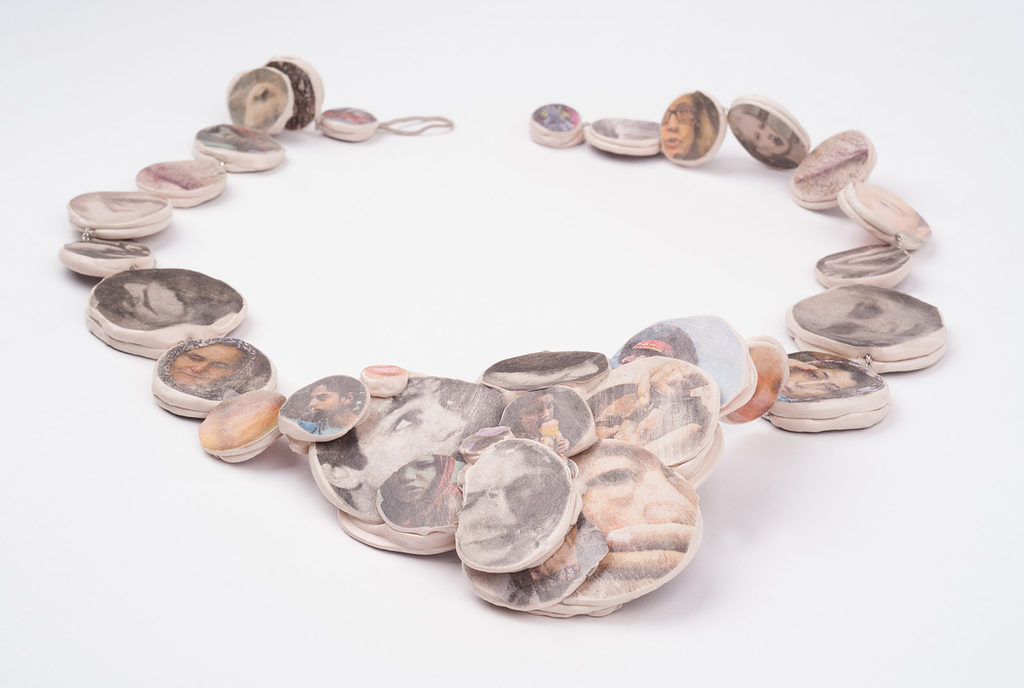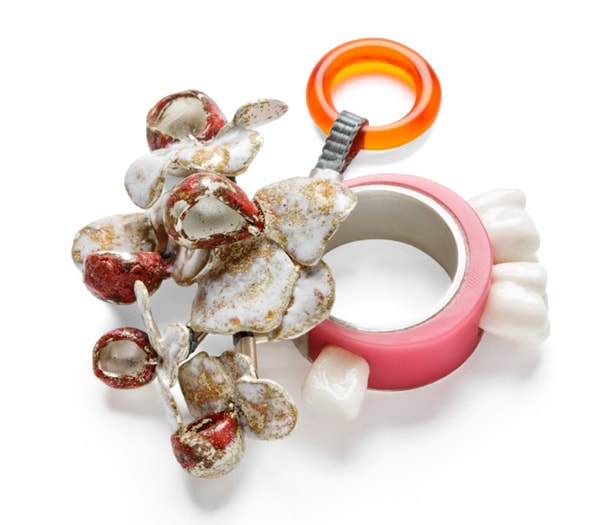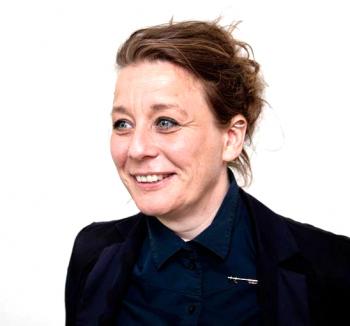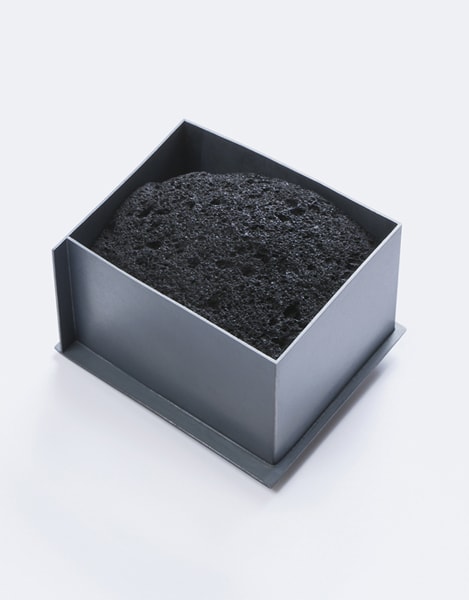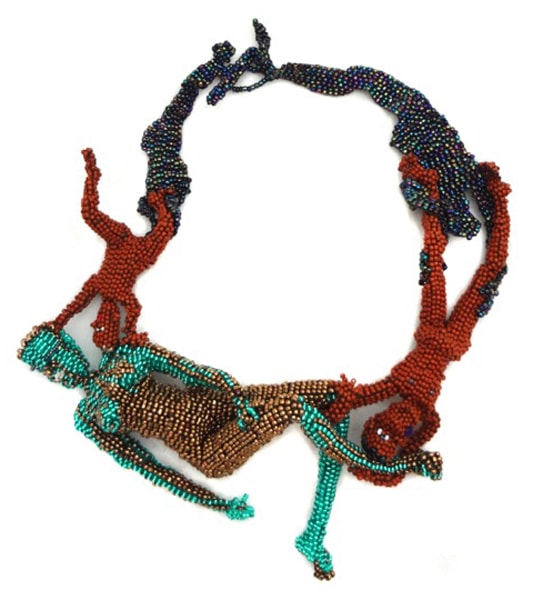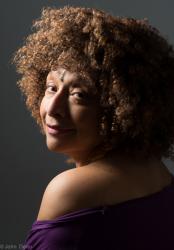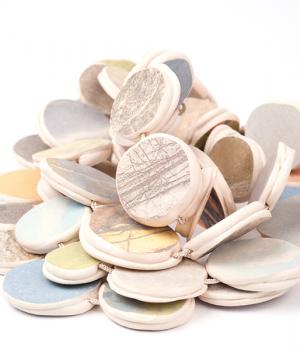 Laura Deakin’s series My Press is on display at Gallery Loupe in Montclair, New Jersey, through December 8, 2013. In this interview, Laura Deakin discusses her process and describes how her concept developed for this exhibition.
Laura Deakin’s series My Press is on display at Gallery Loupe in Montclair, New Jersey, through December 8, 2013. In this interview, Laura Deakin discusses her process and describes how her concept developed for this exhibition.
Missy Graff: Please tell me about your background. How did you become a jeweler?
Laura Deakin: My parents have always been a huge influence in my life. My dad is an illustrator and retired graphic designer. He never owned a TV, so weekends at his place were filled with other things. “I’m bored!” I would whine. “Do a drawing,” he would say, and with persuasion, I would. I am really grateful for that, as I draw all the time now, and it has helped my development as an artist immensely.
My mum trained as a seamstress but had many jobs. A couple of these dealt with art supplies, so our house always had a healthy supply of good scissors (only to be used on fabric) and colored paper. She has always dressed in fabulous color (this was horribly embarrassing as a teenager), and she wore the first and only pair of ceramic avocado earrings with a matching necklace I’ve ever known. Her fashion and creativity gave me a lasting introduction to color, form, and composition.
After high school, I studied photography, but after two years, I found myself wandering. I applied to do a jewelry degree because I enjoyed soldering in my metal-tech class in high school. I never wanted to be an artist and never thought I was training to be one, but after learning about the world of contemporary jewelry in my first year with Marian Hosking at Monash University, I was in. I worked part time with the late Mari Funaki at Gallery Funaki, a contemporary jewelry gallery in Melbourne, Australia. There, I began to wear art jewelry and to understand what was possible within the realm of contemporary jewelry.
